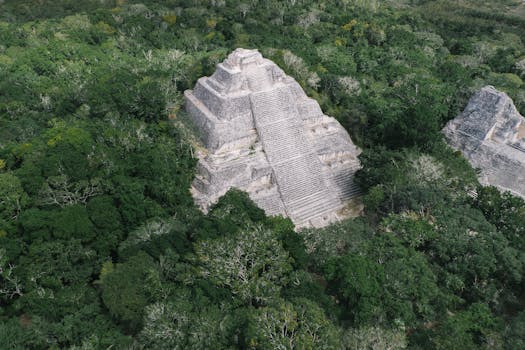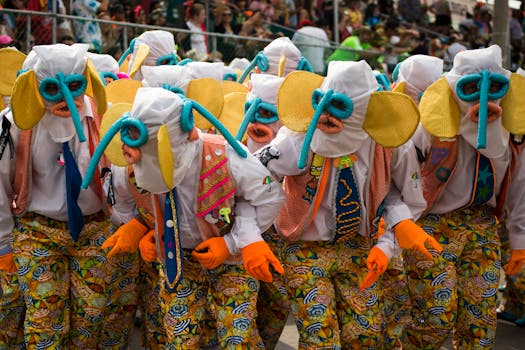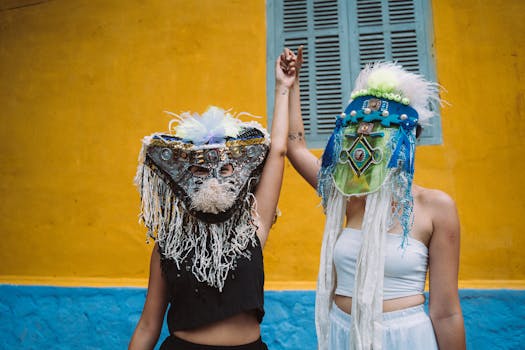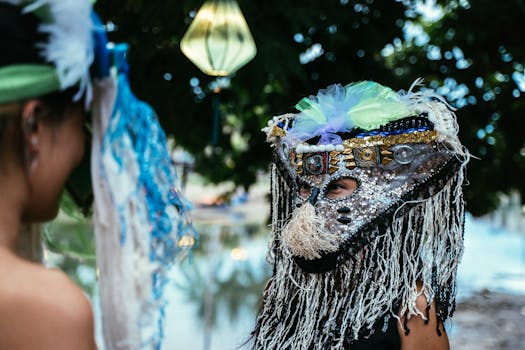
The Transformative Power of Art in Shaping Cultural Identity
Takeaways: Art is a powerful medium that shapes and reflects cultural identity. It serves as a means of expression, preserves heritage, fosters community cohesion, and promotes diversity. Understanding the role of art in cultural identity can enhance appreciation for different cultures and encourage dialogue.
Art has been an integral part of human society since the dawn of civilization. It transcends language and geography, acting as a universal form of communication. In today’s globalized world, the role of art in shaping and expressing cultural identity is more important than ever. This article explores how art influences cultural identity, preserves heritage, fosters community cohesion, and promotes diversity.
The Importance of Art in Cultural Expression
Art serves as a powerful vehicle for cultural expression. Through various forms of art—be it painting, sculpture, music, dance, or literature—individuals and communities communicate their values, beliefs, and experiences. Each artwork embodies the cultural narratives that define a society.
For instance, Indigenous art often tells stories of creation, spirituality, and the relationship between people and the land. These artworks are not merely decorative; they are deeply embedded with the history and identity of the community. Similarly, contemporary art movements often reflect current social issues, allowing artists to comment on and critique their cultural contexts.
Moreover, art can serve as a reminder of one’s roots. For many, engaging with traditional art forms—such as folk music, crafts, or dance—can evoke a sense of belonging and connection to their heritage. This connection fosters pride in cultural identity and encourages its transmission to future generations.
Preserving Heritage Through Art

In many cultures, art is passed down through generations, ensuring that traditional practices are not lost. For example, the techniques of pottery, weaving, and painting often require mentorship, where knowledge is shared within communities. This hands-on learning reinforces cultural values and practices, maintaining the continuity of cultural identity.
Moreover, art can be a powerful tool for revitalizing cultural heritage. Many communities are now engaging in art projects that blend traditional and contemporary styles, thereby creating a dynamic dialogue between past and present. This fusion not only honors traditional practices but also makes them relevant to modern audiences, ensuring their survival in a rapidly changing world.
Fostering Community Cohesion

Public art, such as murals or sculptures in community spaces, often reflects the values and stories of the local population. These artworks can instill a sense of pride and ownership among residents, transforming public spaces into vibrant expressions of cultural identity. Furthermore, participatory art initiatives encourage collaboration among diverse groups, promoting understanding and appreciation for different cultural backgrounds.
Art also serves as a platform for dialogue. In multicultural societies, art can facilitate conversations about identity, race, and belonging, helping individuals navigate their experiences within the broader cultural landscape. By sharing their stories through art, community members can foster empathy and solidarity, breaking down barriers of misunderstanding.
Promoting Diversity and Inclusion

Art festivals, exhibitions, and performances dedicated to marginalized communities play a vital role in giving voice to those who may otherwise be overlooked. These platforms not only elevate underrepresented artists but also challenge dominant narratives, encouraging audiences to engage with diverse viewpoints.
Additionally, art education programs that emphasize multiculturalism help cultivate appreciation for global diversity among younger generations. By exposing students to a variety of artistic traditions and cultural histories, these programs encourage a more nuanced understanding of identity and promote inclusivity.
Conclusion








